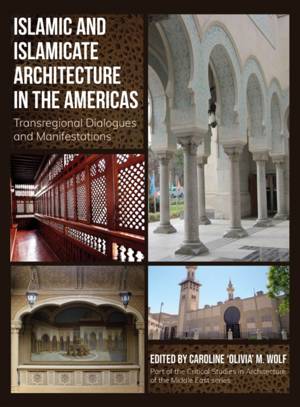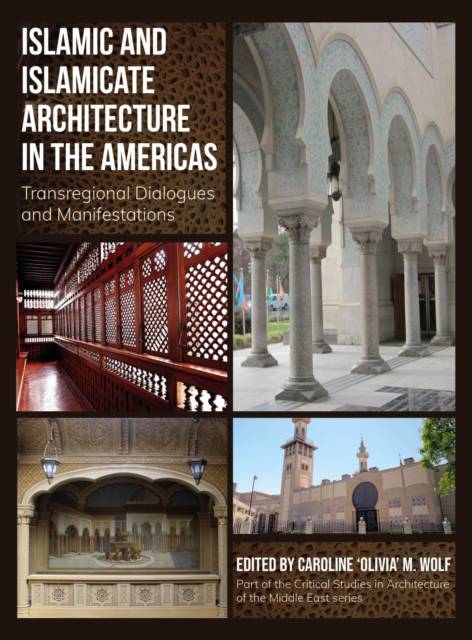
- Retrait gratuit dans votre magasin Club
- 7.000.000 titres dans notre catalogue
- Payer en toute sécurité
- Toujours un magasin près de chez vous
- Retrait gratuit dans votre magasin Club
- 7.000.0000 titres dans notre catalogue
- Payer en toute sécurité
- Toujours un magasin près de chez vous
Islamic and Islamicate Architecture in the Americas
Transregional Dialogues and Manifestations
172,45 €
+ 344 points
Description
A groundbreaking study that redefines Islamic architectural history by placing the Americas at the center of transregional cultural and artistic dialogues. Walking us through colonial courtyards in Peru to the mosques and cultural centers built by contemporary immigrant communities across North America, Islamic and Islamicate Architecture in the Americas depicts how architectural traditions tied to the Islamic world have taken root and evolved across the Western Hemisphere. This volume confronts conventional geographical boundaries by situating the Americas in dialogue with transregional aesthetic and cultural networks that span centuries. Using diverse case studies, contributors examine the migration of construction techniques, the adaptation of Islamic architectural motifs in colonial and modern contexts, and the role of patronage in shaping built environments. This book expands our understanding of how cultures travel and take on new meanings in different spaces by bridging North and South America, two regions often excluded from the Islamic architectural canon. Stimulating material for scholars and students of architecture, art history, and cultural studies, this volume offers a vital reconsideration of Islamic and Islamicate architecture through a hemispheric lens, revealing a rich and complex architectural legacy that continues to shape the Americas today.
Spécifications
Parties prenantes
- Editeur:
Contenu
- Nombre de pages :
- 252
- Langue:
- Anglais
- Collection :
Caractéristiques
- EAN:
- 9781835951316
- Date de parution :
- 05-09-25
- Format:
- Livre broché
- Format numérique:
- Trade paperback (VS)
- Dimensions :
- 170 mm x 230 mm
- Poids :
- 453 g

Les avis
Nous publions uniquement les avis qui respectent les conditions requises. Consultez nos conditions pour les avis.





